Scripting The Last Resort The Siebel Hub
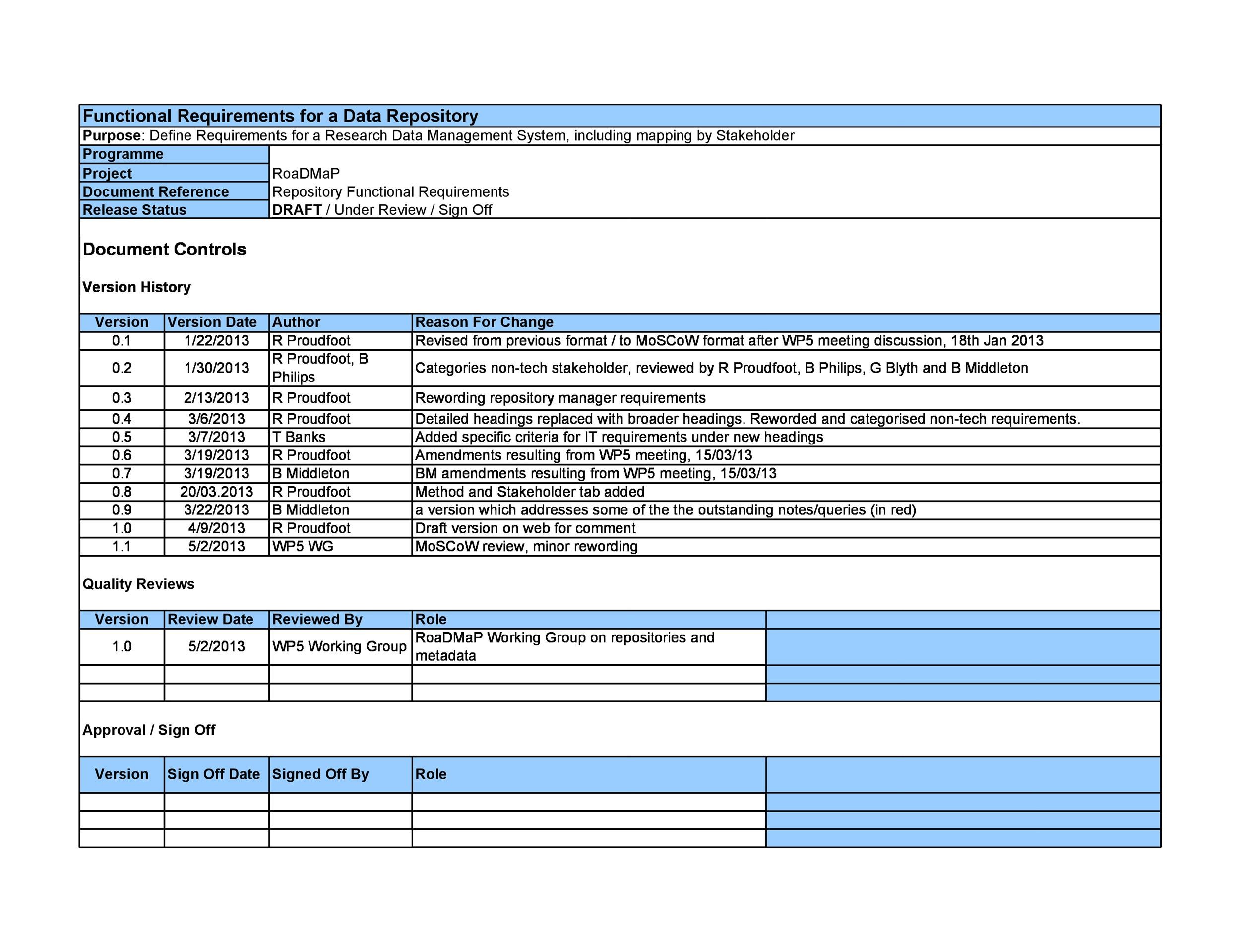
40+ Simple Business Requirements Document Templates ᐅ TemplateLab
High School Level. Registered Behavior Technician® (RBT®) A paraprofessional in behavior analysis who practices under the close, ongoing supervision of a BCBA, BCaBA, or FL-CBA. Board Certified Assistant Behavior Analyst® (BCaBA®) An undergraduate-level professional in behavior analysis who practices under the supervision of a BCBA or FL-CBA.

Category Archive for "Software Testing" TestOrigen
Architectural site analysis is the predesign investigation and recording of your project site's existing conditions to aid your decision-making during the concept design phase.. Doing so will ensure your building is well-suited to its context and is responsive to unique site characteristics and requirements.
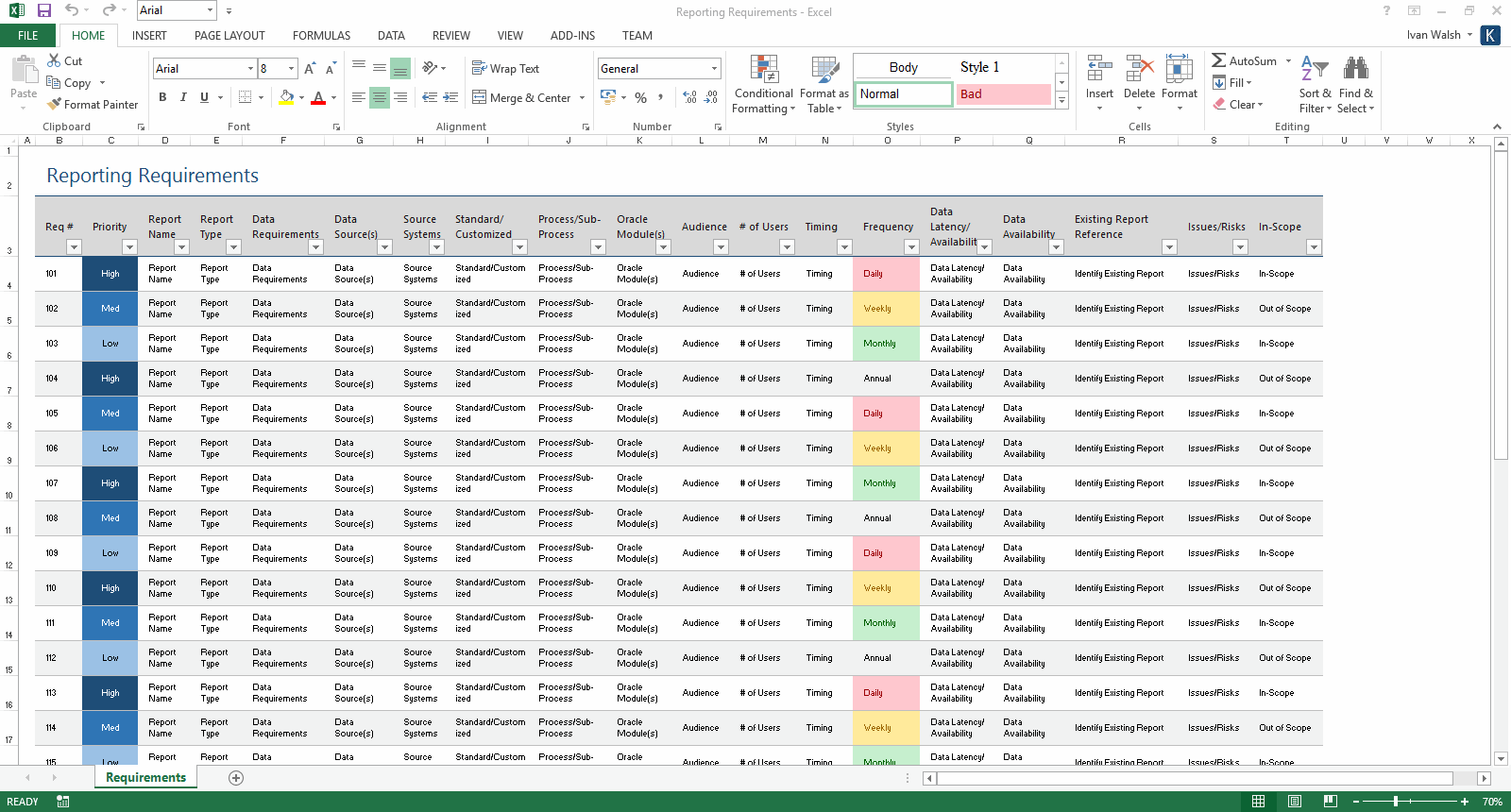
Functional Requirements Templates Templates, Forms, Checklists for MS Office and Apple iWork
Part of the success of any design process is the preliminary work, including a great site analysis. A site analysis is a research activity that looks at the existing conditions of a site as well as possible future conditions. It considers physical qualities and characteristics, patterns and activities, relationships, context, givens, assumptions, opportunities and constraints within the.
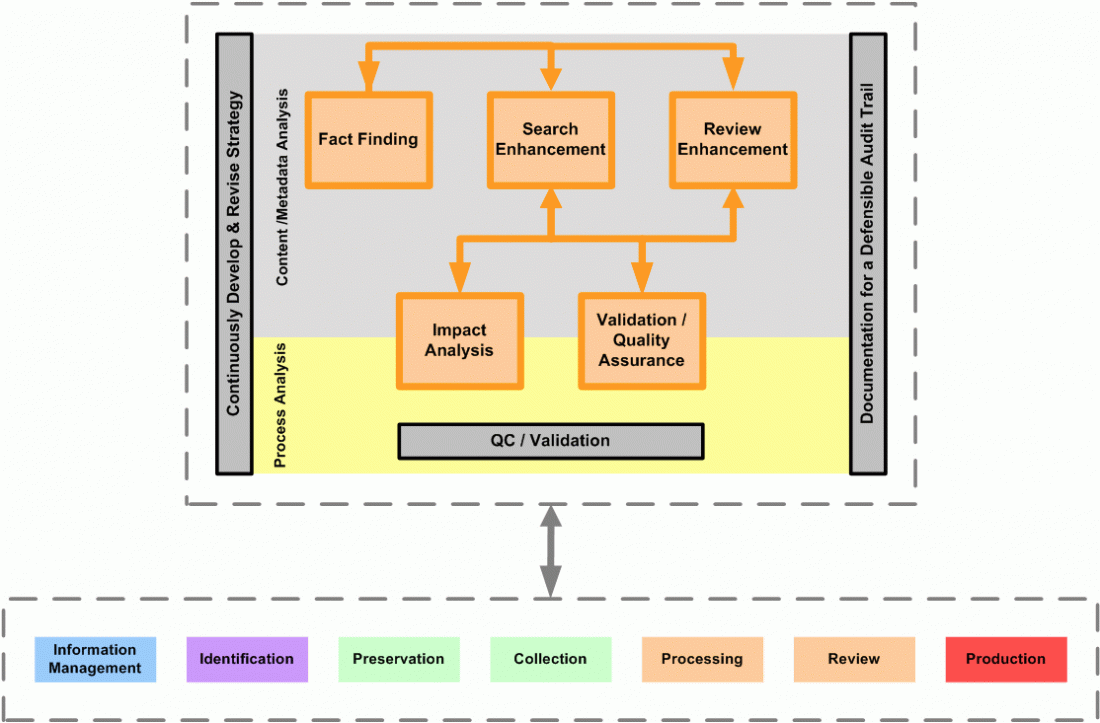
Analysis Guide « EDRM
Site analysis architecture is fundamentally done in the pre-design phase of an architectural design process that helps develop a concept for the design. The architects analyze the site to gain in-depth insights into the site's strengths, restrictions, and potential. Architects can make more informed decisions by evaluating climate, topography.

PPT Requirements Analysis PowerPoint Presentation, free download ID4216979
site's microclimate, and addresses relevant legal and regulatory requirements. Site Analysis Considerations A project site is usually defined by a legal description furnished by the client.This description includes a survey fixing the size, legal corners, and existing conditions, such as vegetation, contours, existing.

Crm Requirements Gathering Template Template 2 Resume Examples emVKgZGVrX
Introduction to Site Analysis in Architecture. Site analysis in Architecture is a starting phase of architectural and urban design processes. It is done basically to gather information on the climatic, geographical, historical, legal, and infrastructural context for a given plot or area.. Site Analysis can be defined as a process of surveying or analyzing the existing environment and how it.

Landmark Chem Review Longrunning Store That Never Transferred A Buyer To The Buyer’s Side
Before construction can begin, you need to take these three steps to deliver a more informed architectural site analysis. 1. Research. The first step is research. This isn't isolated to the current physical condition and its surroundings, but also any relevant historical information about what the site looked like.

Download Business Requirements Analysis Template for Free Page 9 FormTemplate
Generally speaking, a site analysis looks at your proposal in a broad scope for suitability with the property it is intended for. The purpose of a site analysis is to evaluate the suitability of a specific piece of property for a specific development proposal in light of applicable development regulations (such as, but not limited to, the Okanogan County Zoning Code, GMA Critical Areas.

Requirements Analysis Examples (for Business, Software, Customer etc.)
The architectural site analysis forms the basis of various forecasts and projections for the project. It includes recommendations that promote efficiency and help complete the project in the best possible manner. The team has to come up with a proper schedule for the project as well as its sub-components. 8.
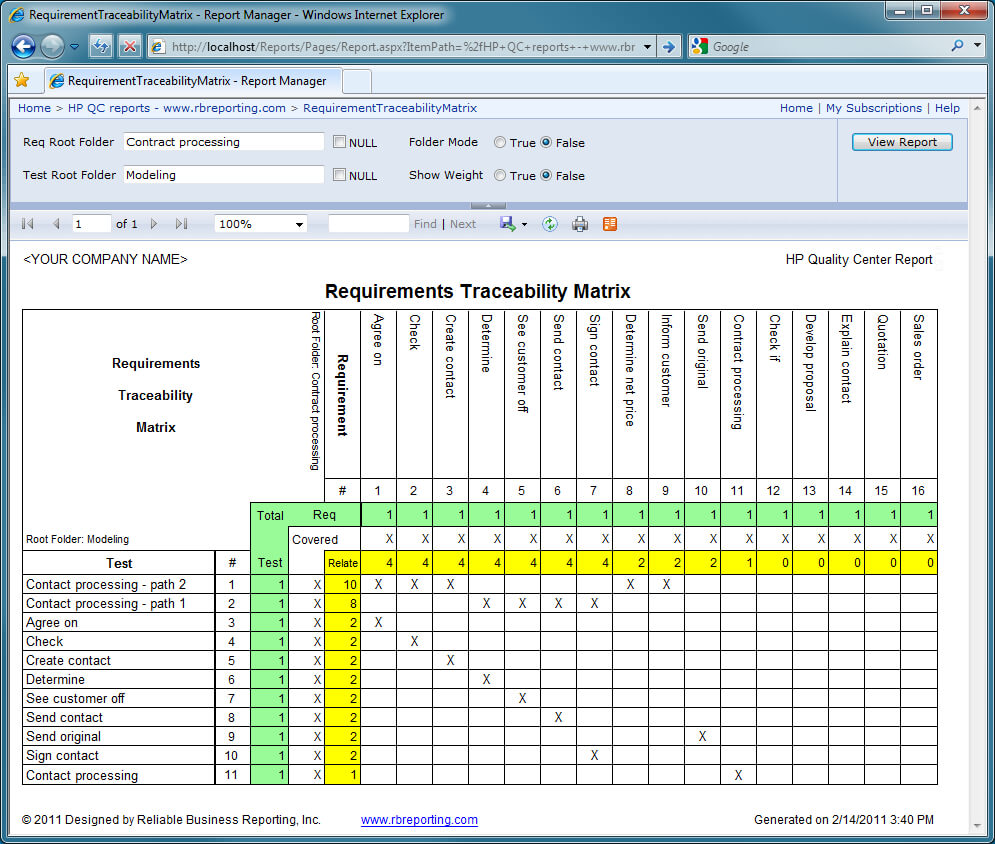
Requirements Traceability Matrix Report Project Management Pertaining To Report Requirements
A site visit analysis is a comprehensive report that summarizes the findings of a physical inspection of a potential development site. It includes information on the site's physical characteristics, location, surrounding area, demographic information, environmental impact, zoning regulations, traffic flow, and recommendations for development.

site analysis checklist for architecture Google 검색 Site analysis, Urban analysis, Village park
General weather data of the site. Discovering the type of climate of the city that the site is located in will be the first step to climate analysis - Dry, wet, hot, cold, humid, tropical, temperate, etc. The psychrometric chart plays an important role in determining the HVAC conditions and requirements of the site.
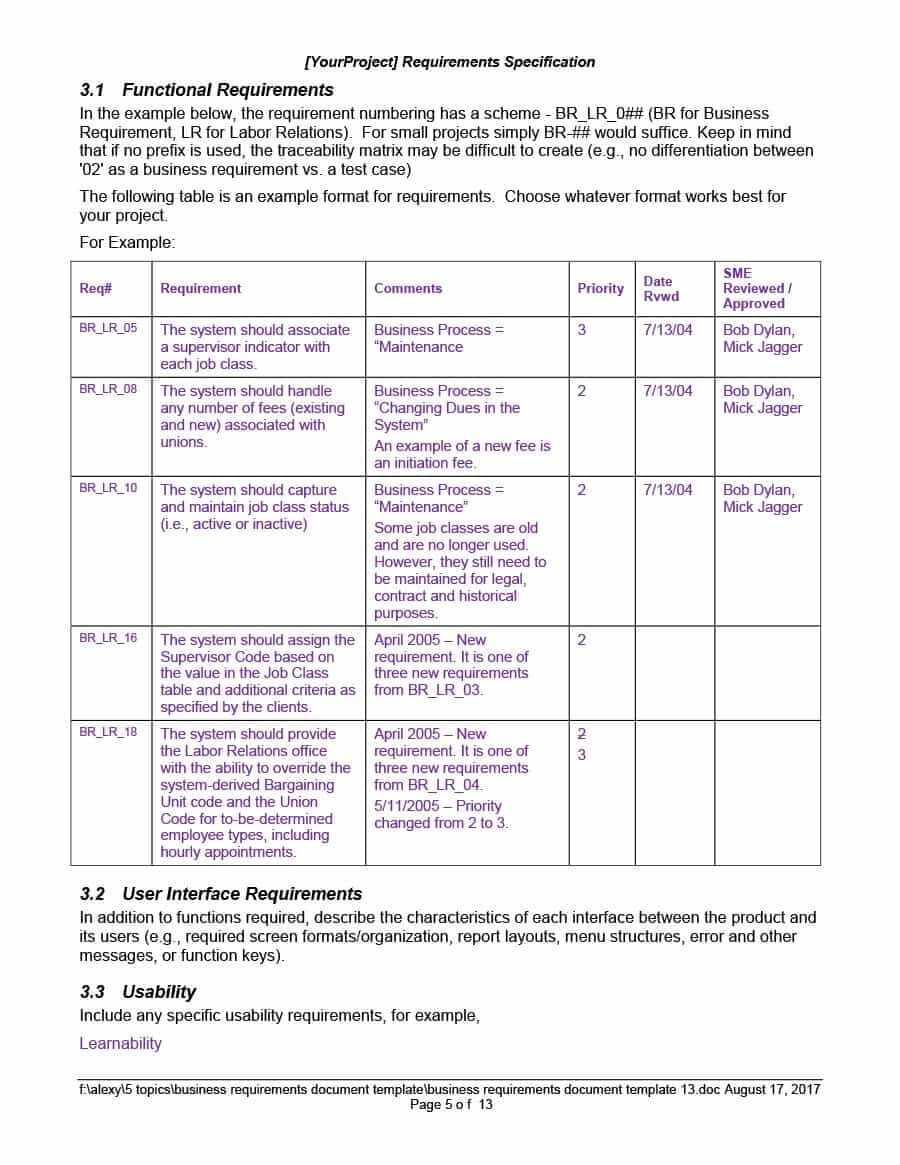
40+ Simple Business Requirements Document Templates ᐅ Within Report Requirements Template Best
Site analysis is a preliminary phase of architectural and urban design processes dedicated to the study of the climatic, geographical, historical, legal, and infrastructural context of a specific site.. The result of this analytic process is a summary, usually a graphical sketch, which sets in relation the relevant environmental information with the morphology of the site in terms of parcel.
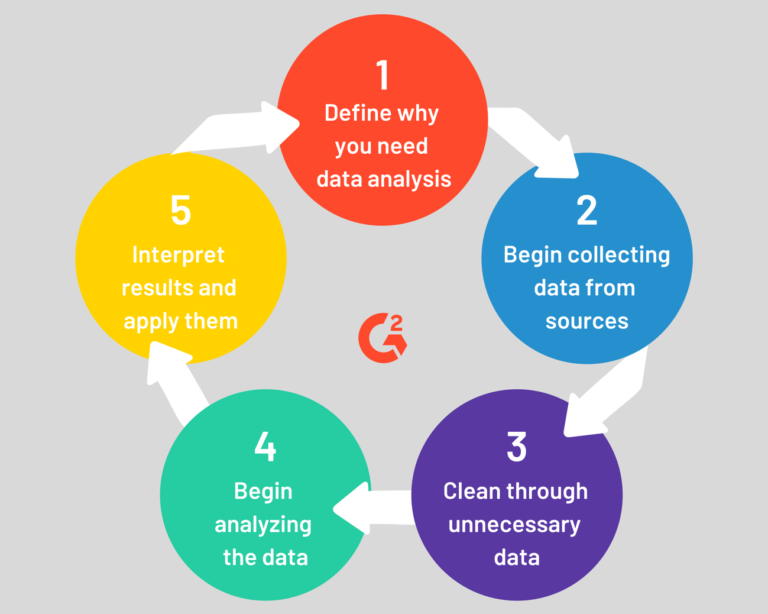
Understanding the Different Types of Data Analysis Enabler Space
"Site Analysis is one of the most important and effective ways to find a concept. Therefore, the more detailed, meaningful and comprehensive we will be, The more useful Analysis would help us.

Scripting The Last Resort The Siebel Hub
Share. Site analysis is a crucial first step in creating a viable building design. Considering site location, topography, zoning regulations, traffic conditions, and climate allows a designer to.

Ontology Requirement Specification Document example Download Scientific Diagram
Overview. Job analysis is the process of studying a job to determine which activities and responsibilities it includes, its relative importance to other jobs, the qualifications necessary for.

site analysis requirements.pdf Business Home & Garden
Architecture site analysis is the process of researching and analysing the social, historical, climatic, geographical, legal, and infrastructural characteristics of a given site, and synthesizing these analyses into visual information — usually in the form of site analysis diagrams. The examination of these characteristics in conjunction with.